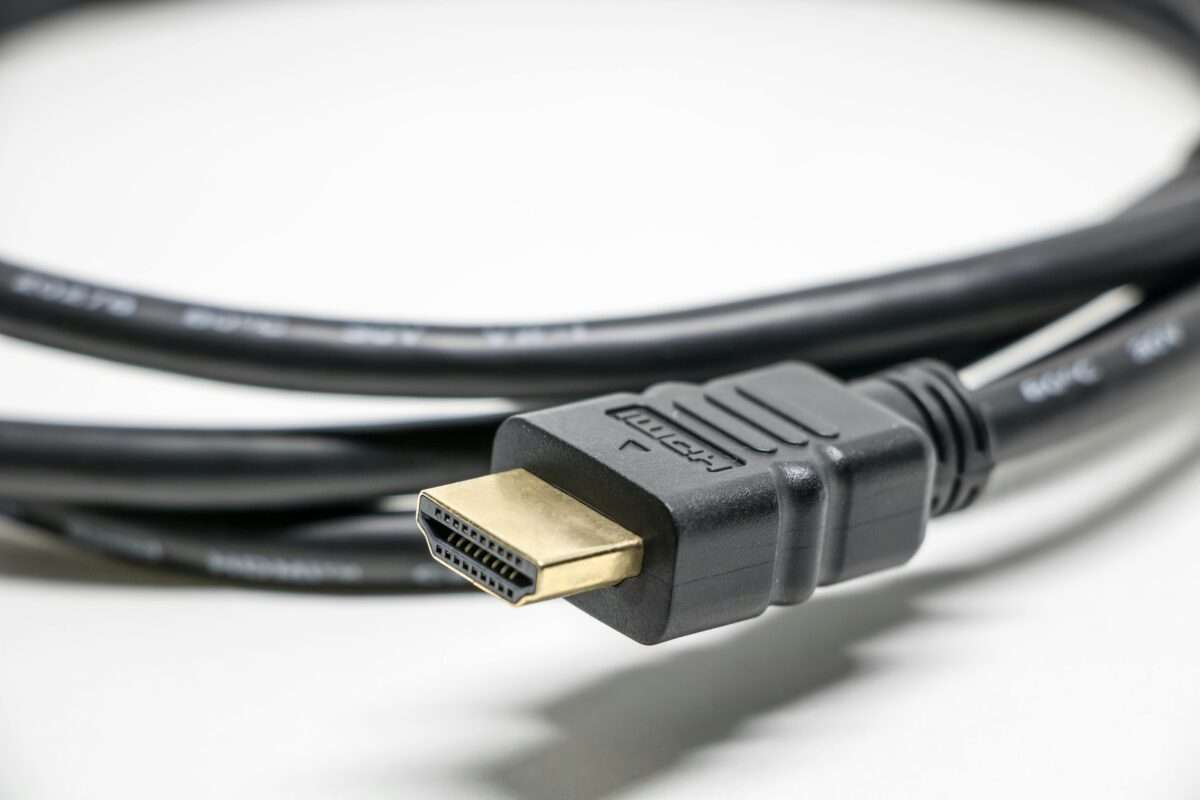In today’s technological age, HDMI cables are a very important tool for connecting a wide range of audio and video devices. Starting from televisions and gaming consoles to projectors and sound systems. When it comes to choosing the right HDMI cables, the length of the cable is an important factor. Two most popular HDMI Cable lengths are 5 meters and 10 meters .This article will discuss the specifics of these two lengths, so you can understand the differences, advantages, and how to use them properly.
Understanding HDMI Cables
HDMI (High-Definition Multimedia Interface) cables are designed to support uncompressed or high-quality digital audio and video signals from one device to another. This ensures smooth playback without the loss of signal, making them the standard for modern audio and visual equipment. HDMI cables vary in length, and shorter cables are typically used for short distances while longer cables are needed for more complex systems.
The 5 Meter HDMI Cable
Advantages
1. Versatility: The 5 meter HDMI cable is perfect and suitable for most home entertainment systems. It provides enough length to effortlessly connect the devices in the room.
2. Signal Integrity: HDMI cables at 5 meters typically maintain good signal integrity, ensuring high-quality audio and video transmission without lag or delay
3. Ease of use: The 5 meter length is manageable and easy to adjust, reducing the risk of tangling or mess.
Ideal Use Cases
● Home Theaters: Connecting a TV to a Blu-ray player or a gaming console.
● Desktop Setups: Linking a computer to an external monitor or projector.
● Conference Rooms: Allowing laptops to presentation screens for meetings and presentations.
The 10 Meter HDMI Cable
Advantages
1. Extended Reach: A 10-meter HDMI cable offers longer reach, ideal for larger spaces or more complex setups where devices are far apart.
2. Flexibility: This length provides the flexibility to connect cables through walls, ceilings, or along baseboards without the need for additional extenders or adapters.
Ideal Use Cases
● Larger Residential Units: Used to add a wall-mounted TV to an entertainment centre or media system in the ceiling.
● Home Offices: Creating a multimedia workspace where the computer and monitors are keeped far apart.
● Commercial Areas: Perfect for halls, classrooms, or demonstration rooms where equipment must be assembled remotely.
Choosing The Right Cable: Suggestion by Hunter Bharat
Consider the following factors when deciding between 5m and 10m HDMI cables.
1. Circumference: Measure the distance between your devices. 5m cable is suitable for shorter distance setup, while 10m cable is better for larger areas.
2. Quality : Choose quality lines, especially for long cables. Look for materials such as gold-plated connectors and high-quality copper drivers for good connectivity.
3. Future-proof: Consider future needs. If you’re looking forward to moving or upgrading your setup, longer cables can offer more flexibility.
4. Technical notes: Make sure the cable supports the HDMI such as HDMI 2.0 or HDMI 2.1 for 4K and 8K resolution, high dynamic range (HDR), and high refresh rates.
Conclusion
Both 5m and 10m HDMI cables have unique advantages and disadvantages. The 5 meter cable is perfect for most home and small office systems, providing a balance of comfort and performance. In contrast, a 10m cable is perfect for large areas and complex systems where distance is a factor. By understanding your specific needs and the characteristics of each cable length, you can make the right decision that will provide you with a smooth and quality audio-visual experience

As the editor of the blog, She curate insightful content that sparks curiosity and fosters learning. With a passion for storytelling and a keen eye for detail, she strive to bring diverse perspectives and engaging narratives to readers, ensuring every piece informs, inspires, and enriches.










